More info
Full Description
One of the problems which has concerned and intrigued pressure vessel designers for a good many years has been the proper design on nonradial, or oblique holes and nozzle connections. One of the earlier and more successful investigators of this problem was Blair,' who in the late 1930's and early 1940's developed and proved his 'tri-form" reinforcements for lateral and wye connections in penstocks. However, generally speaking, this form of reinforcement is not suitable for use in most conventional pressure vessels, particularly in applications where thermal stresses are a problem. Within the past few years, a number of papers have been issued providing data on various aspects of this problem, but generally speaking these investigations were of somewhat limited scope and seemingly did not deal adequately with the "fundamentals of the problem." Nevertheless, certain of these data fill significant gaps in the PVRC program data. Therefore, in the report which follows, use is made of all data available to us-both published and unpublished-which would appear to contribute significantly to an overall understanding of the problem. Insofar as the PVRC program is concerned, these reports represent the essential completion of currently planned experimental work on skewed nozzles under internal pressure. We recognize that this work is incomplete in a number of respects; however, test of all forms of openings and reinforcements which might be used is virtually an endless task because of the large number of variables involved. At the present time, except for one model to be mentioned later, no further work on the problem of skewed nozzles is planned except in terms of (1) stresses in closely spaced connections in a sphere (the "stand pipe problem"); (2) external loadings on single skewed nozzles in spheres (supplementing one test which has already been completed on a lateral connection in a cylinder) and (3) limit analysis tests of lateral connections on a cylinder. These tests will provide very limited, "by product" elastic test data under internal pressure, of which the University of Tennessee model UT-1B and the University of Waterloo model UW-Y2 are examples. In the interpretive discussion of data on skewed nozzles which follows, primary emphasis will be given to the measurement and evaluation of one stress quantity-namely, the circumferential stress in the bore of the nozzle, or circumferential to the hole in the shell where there is no attached nozzle. Except for the case of a "hillside" connection on a cylinder, this is by all odds the critical stress, under internal pressure loading, for a hole or nozzle having any material skew angle. Further, the stresses at other locations, such as the outside junction of the nozzle and shell, can ordinarily be controlled by conventional means, such as by the use of generous fillet radii or transition sections. Whereas we believe that the primary conclusions reached are well supported by the available evidence, in a qualitative sense at least, the data currently available on the problem are certainly not all-encompassing.
 1 x JIS Z...$25.52
1 x JIS Z...$25.52 1 x UNE-ISO...$10.12
1 x UNE-ISO...$10.12![UOP 780-92 [ Withdrawn ]](https://www.pdfplace.org/img/p/en-default-cart_default.jpg) 1 x UOP 780-92...$122.76
1 x UOP 780-92...$122.76 1 x WRC 159$23.76
1 x WRC 159$23.76 View larger
View larger  View larger
View larger 
